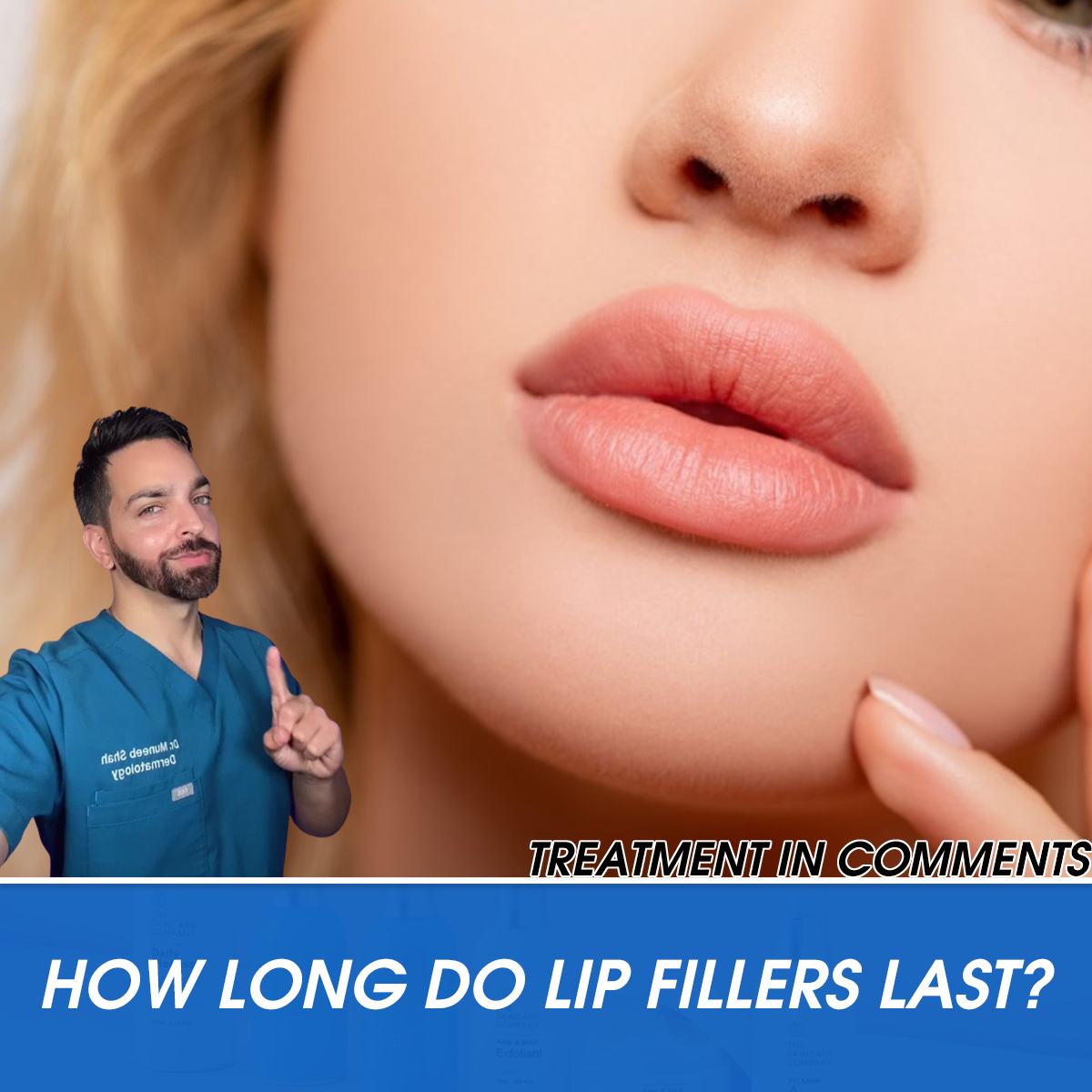
Overview
If you’ve wished your lips were plumper and smoother, maybe you’ve considered lip augmentation. It can be performed surgically or using injections.
Lip fillers are the most popular way to increase lip size. They’re minimally invasive and have a quicker recovery time than surgery. The procedure involves injecting one of several types of fillers into the lips.
As we age, we naturally lose collagen and fat. This leads to thinness and sagginess of the face, including the lips. Lip fillers work by replacing that lost collagen and fat.
We spoke to a patient and her doctor about her experience getting a lip filler and what to expect before, during, and after the procedure.
Deciding what look you want
The first thing to consider when thinking about getting a lip filler is the kind of look you want.
Do you want to define the edges of your lips, or do you want to fill them so they appear larger? Knowing the answers to these questions will help you decide what type of filler is best for you.
Before you meet with a doctor, ask yourself:
- What kind of look do I want?
- Do I want to define the edges of my lips?
- Do I want my lips to appear filled in and larger?
When Tori met with her plastic surgeon, she brought photos of models that had lips she liked. “I tried to stay pretty realistic — I tried to find girls with lips that were similar to mine,” she told Healthline.
Tori said she had a naturally thin upper lip. She told her surgeon that she wanted more volume added in order to get more of a “pout.”
Choosing the type of injection
When choosing the type of injection you want, it’s important to understand your choices. Historically, collagen — a connective tissue found in animals’ bodies — is the most common type of lip filler.
However, it’s rarely used today. This is because it doesn’t last very long. It can also cause allergic reactions in many people.
Hyaluronic acid fillers are now the most widely used injection to plump and define lips. Hyaluronic acid is a gel-like substance made from bacteria. It creates an appearance of thick lips by attaching itself to water molecules in the skin.
These fillers are absorbed slowly and can be thickened or thinned to achieve exactly the look you desire.
There are four common brand names of hyaluronic acid on the market, according to Dr. Usha Rajagopal, Tori’s plastic surgeon. The most popular options, she said, are Restylane and Juvaderm. They last about six months and offer a very natural look.
Vollure is the newest product on the market. It’s the most long-lasting and doesn’t swell, offering an even more natural lifted look.
Volbella is the fourth product. It’s very thin and can help smooth vertical lip lines without adding fullness. Volbella lasts about 12 months.

You can get repeat treatments every six months. Scientists have found that hyaluronic acid injections prompt the skin to produce more collagen, creating more natural plumpness in the lips.
Risks of lip injections
Allergic reactions to hyaluronic acid — a sugar molecule naturally found on the skin’s surface — are rare. But it is possible to develop a lump (called a granuloma) of inflamed tissue.
This kind of filler can also produce lumps if injected in the wrong part of the skin, like if it’s not injected deeply enough. These lumps can be dissolved with hyaluronidase. This is an enzyme that breaks down hyaluronic acid.
A less common side effect is a blocked blood vessel. This reduces blood flow to the lip. It can ultimately damage your lip tissues, but it’s easy for doctors to spot right away and is immediately reversible.
How the procedure is performed
The first step to getting a lip filler procedure involves scheduling an appointment with a board-certified plastic surgeon. You can look online and read other patients’ reviews before you reach out.
According to Dr. Rajagopal, lip fillers — particularly hyaluronic acid fillers — are safe products. So as long as you choose an expert, you should feel secure with your treatment.
On the day of your procedure, you’ll visit the plastic surgeon’s office. The doctor will apply a topical anesthetic to your lips. If you opt for a bovine collagen filler, your doctor will perform a skin test to make sure you’re not allergic before your procedure. If your skin shows signs of a reaction, your doctor won’t utilize this treatment. They’ll recommend an alternative kind of filler.
Your doctor may use a needle to inject small amounts of anesthetic on the inside of your mouth to numb the top and bottom lips. At this point in the procedure, you might feel a slight prick when the needle touches your mouth. When your lips are numb enough, your doctor will inject the filler directly into your lips.
Some people say this can make your chin and cheeks feel cool. When the filler is inside your lips, you might feel some mild stinging.
After the procedure
You can expect some swelling in your lips after the procedure. You may also notice some small red spots where the needles were injected into your lips.
Bruising around the lips is another common side effect, which may last about a week. Your lips might feel different after the procedure due to the presence of the filler.
Tori said it felt hard for her to smile for a day or two, because her lips were a little sore. That’s normal. Your plastic surgeon will instruct you not to purse your lips for about two days.







